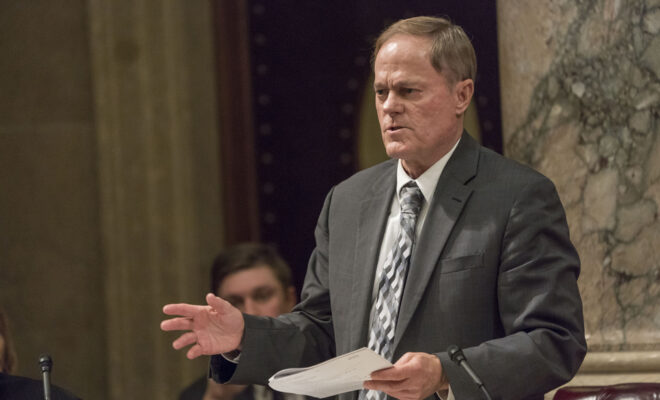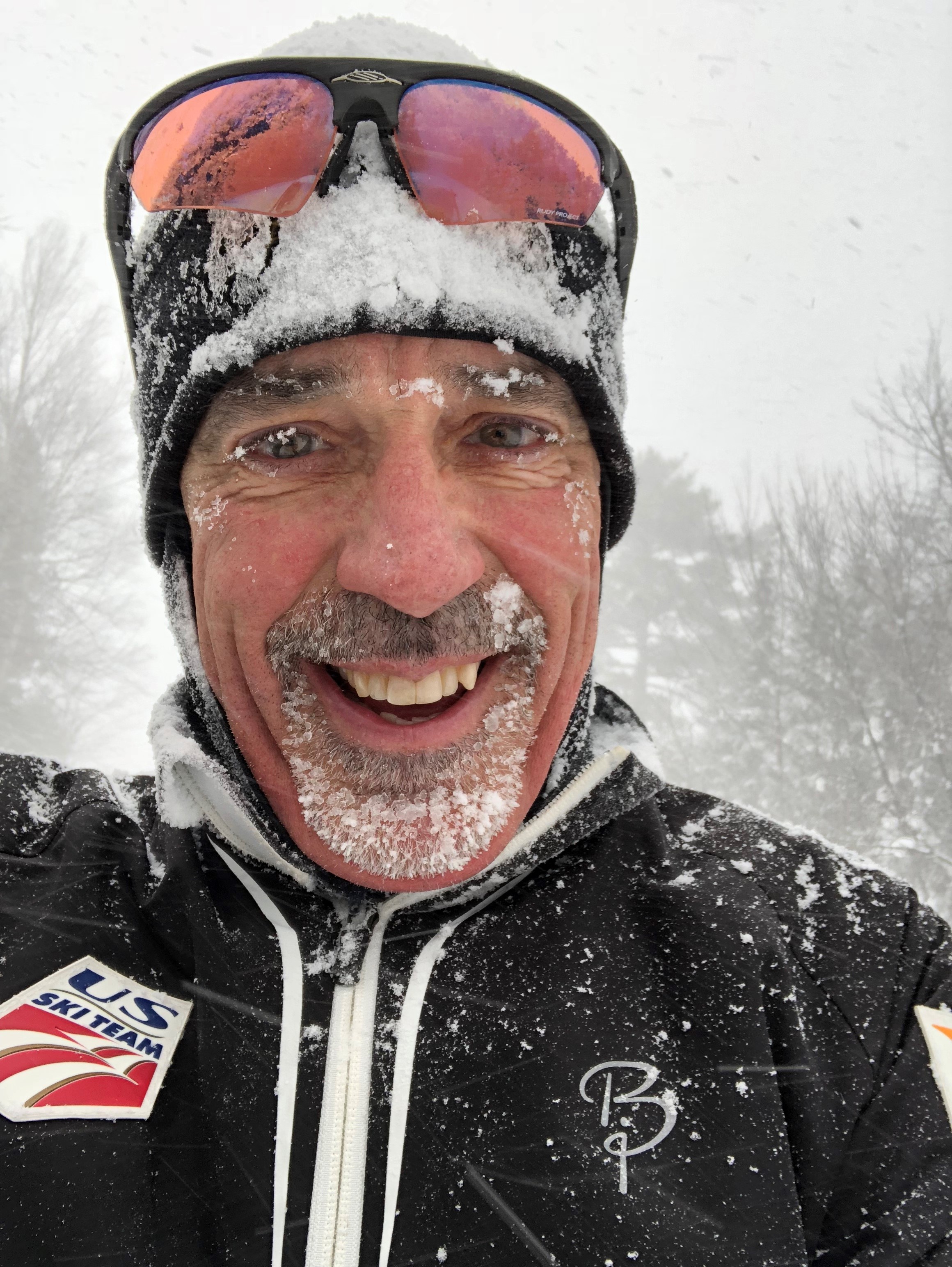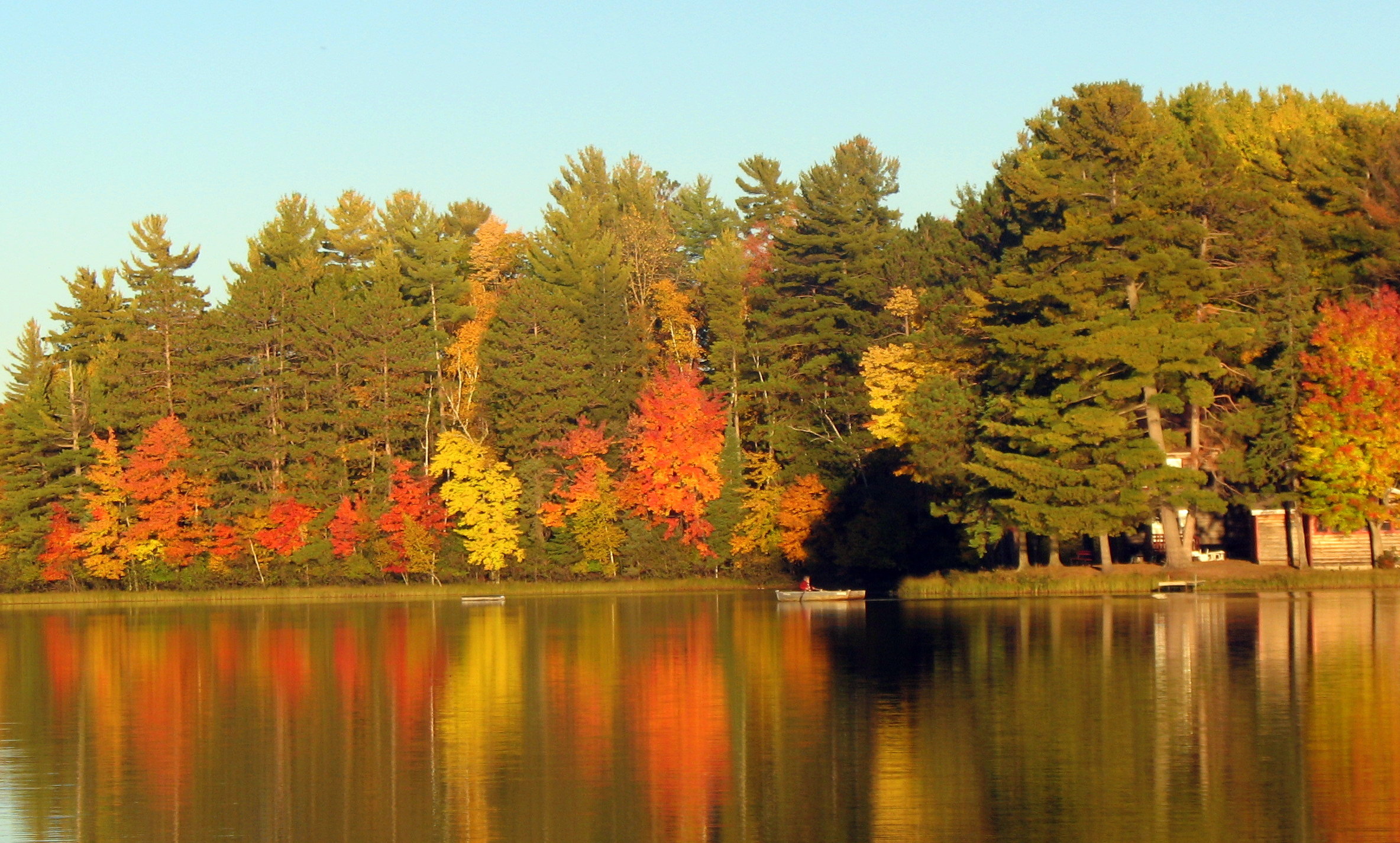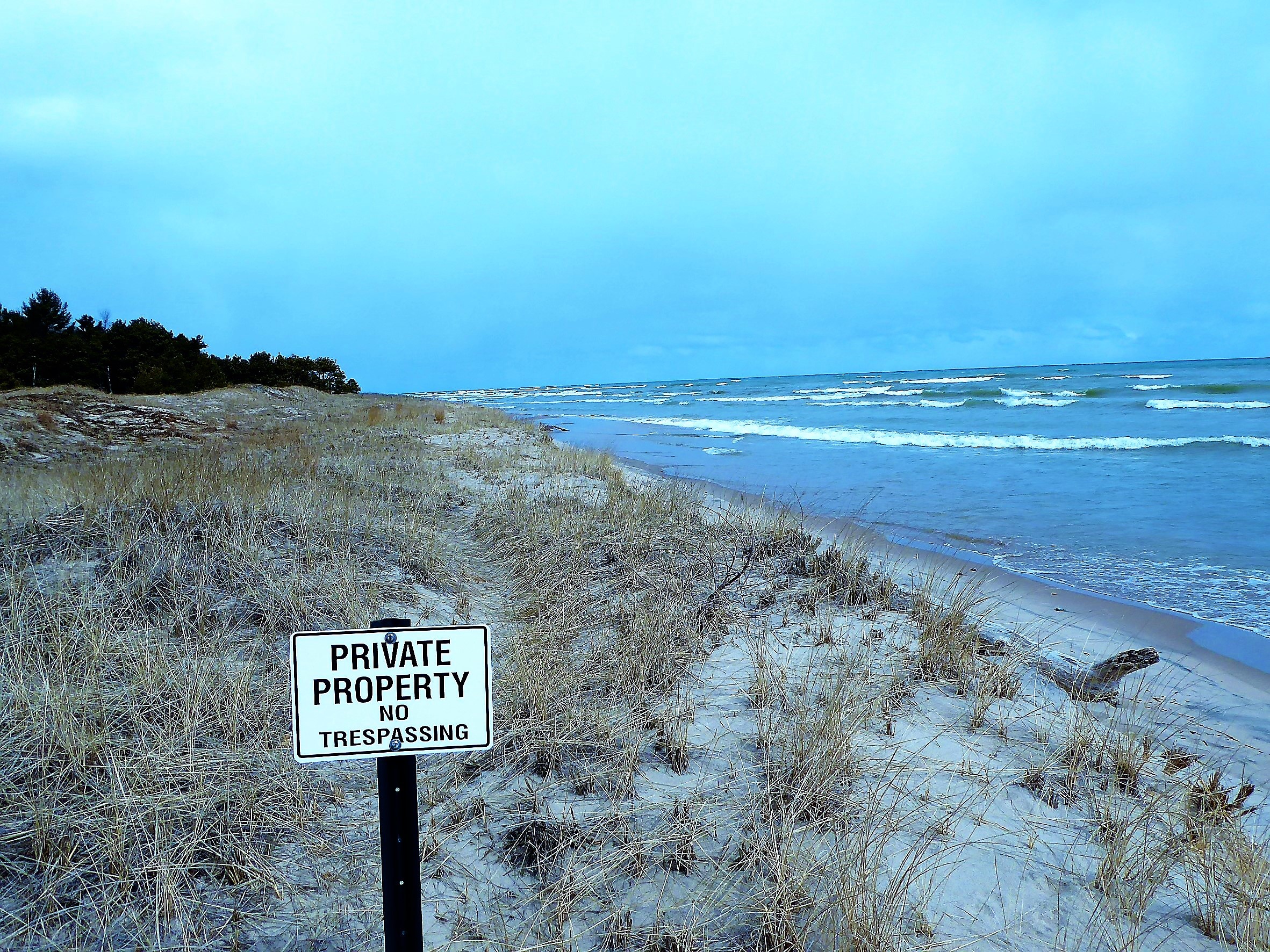Silent Alarm: The Ugly Underbelly of Wisconsin State Parks
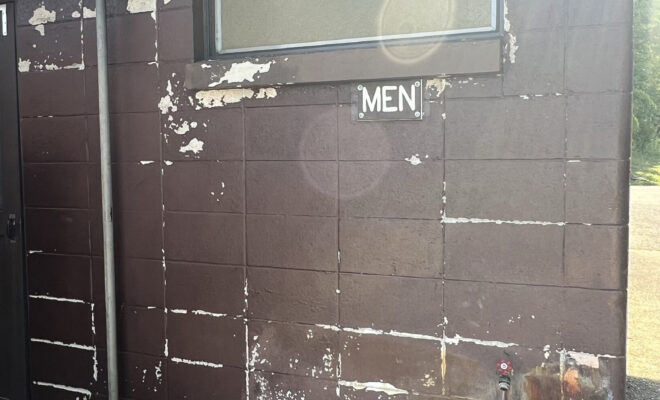
Michael McFadzen
(This story first appeared in the May 2024 Issue of Silent Sports Magazine)
Deferred Maintenance Pegged at $1B
Wisconsin State Parks are located in some of the most scenic areas of the state. Gems abound including Wyalusing at the confluence of the Wisconsin and Mississippi Rivers. Point Beach, Kohler Andrae, and Peninsula give up gorgeous views with beautiful Lake Michigan beaches. Copper Falls has waterfalls, gorges with great hiking and so much more. The next time you visit your favorite state park, take a look under the hood—you might not like what you find.
Declining infrastructure and deferred maintenance have created a state lands system that is at a breaking point. With an estimated deferred maintenance and project cost totaling $1 billion, the Wisconsin legislature is neglectfully underfunding state parks infrastructure, operations, and staff. As has been previously reported in Silent Alarm articles, Minnesota and Michigan leverage twice the funding into their state lands on an annual basis.
Firsthand Inspection
To get a better understanding of the situation on a local level, I had the opportunity for a behind-the-scenes tour of the Kettle Moraine State Forest infrastructure with Deputy Superintendent Joe Giesfeldt. Many buildings, including bathrooms, septic systems, and drain fields were built in the 1970s, making this infrastructure over 50 years old. Even worse, the Forest headquarters and some other structures were built by the Wisconsin Conservation Corps in the early 1940s.
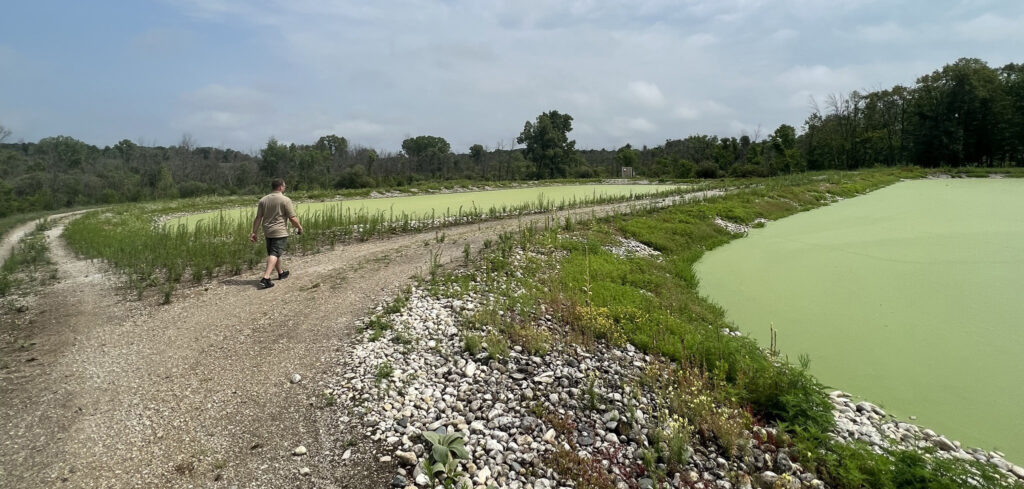
My tour started with an overview of the water and sewage system for the Long Lake campground. Numerous pumps costing $30,000 each have failed. Sewer lines are cracked with rainwater infiltrating the system. The staff puts in 40 hours a month just monitoring and overseeing this one system. When pumps and other components fail, work hours can double.
A reasonable solution would be to abandon the current septic system, including affluent, ponds, sewer, lines, and other components, and build a traditional mound septic system at the cost of approximately $1.4 million. This upfront replacement cost would be dollars well spent as there would be no more repairs and staff time needed to maintain and monitor the system.
Repairing some of the existing electrical and water infrastructure is no longer feasible as many parts and components are no longer available. Once a needed part is found, it often cannot be retrofitted as the amperage or voltage of the new part differs from the configuration of a 50-year-old component. In one electrical repair episode, a new solenoid took out several adjacent elements due to non-compatibility issues. The staff works to locate older parts on eBay as aged parts are difficult to find through conventional sources.

But Wait! Sadly, There’s More!
There are ninety buildings in the Kettle Moraine State Forest; 80 percent of these are bathrooms, all of which need upgrades or repairs. A practical solution might be to replace these decaying buildings with newer and larger bath/shower facilities which would cost significantly less to maintain.
The road, bridge, and culvert systems are of similar vintage. During my tour, a camper approached us and pointed out a collapsing road segment due to a culvert washout. The camper put rocks and stones to block the hole as her small dog was getting stuck in the washout. Forest staff are aware of the issues, but there is no money available to repair it.
There are only six full-time and two limited-term employees for this 30,000-acre Kettle Moraine State Forest which features two campgrounds, the Ice Age Visitor Center, contact stations, and hundreds of miles of trails. By DNR metrics, the Kettles is one of the busiest facilities in the state. Dedicated to his task, Deputy Superintendent Giesfeldt works far beyond his scheduled hours including last May when he worked 60 hours per week. It does not take an expert to look at this property to gain an understanding of what’s happening on a statewide basis.
The Kettle Moraine State Forest hosts millions of visitors annually and continued growth puts increasing pressure on one of the busiest recreational forests in Wisconsin. The demand for skiing, running, biking, adventure races, and more is also growing, adding additional challenges for staff and property.
Dwindling state funds make user partnerships critical to maintaining current offerings. Organizations such as the Northern Kettle Moraine Nordic Ski Club have made it possible to sustain and grow programs. Ski Club President Debbie Werner understands the DNR’s position. “We know what is happening to state funding,” she said. “With the cooperation of the local DNR, our Club buys the grooming equipment, grooms the trails, developed a lighted ski trail, and built a four-season recreational shelter.”
Wisconsin Parks Struggle
State park and forest staff are dedicated individuals trying to make this underfunded system work. The legislature is out of touch with the troubled reality of a system in decline. They don’t even allow Parks to tap their own $20M Park’s Segregated Fund!
Due to legislative mandates, there have been considerable staff cuts. “We’ve lost 40 full-time equivalents in the last 15 years with visitation doubling,” according to Wisconsin Parks Director Steve Schmelzer. “There are approximately 6,000 projects including bridges and water systems that are failing.”
There is no way to fund these on user fees alone.
Governor Evers’s last state budget included $100M for these projects, but even this amount is dwarfed by the problem. “This far surpasses what’s been approved in the past and we appreciate Governor’s Evers efforts,” Schmelzer said, “but we still have a long way to go. We have fewer permanent and limited-term employees. It’s very hard for staff to keep up. Unfortunately, we must keep raising fees to keep up, which hurts people on limited incomes.” This is further complicated by surrounding states picking off Wisconsin Parks employees because of better compensation and work environment.

The legislature seems to be missing the huge economic impact parks bring to our state. Outdoor recreation added $8.71 billion to Wisconsin’s economy in 2022 and supported more than 89,000 jobs. The recreation industry accounted for 2.4 percent of state GDP compared to 1.9 percent nationally, ranking Wisconsin 16th among the country’s states, according to a 2023 report by the Wisconsin Policy Forum.
By Comparison: Minnesota and Michigan
While Wisconsin’s and Minnesota’s park systems are similar in size and fees, Minnesota’s parks are better staffed and have more programs and resources for their visitors. Minnesota funds its state lands system to the tune of $52M annually, with approximately $24M from the state’s General Fund, $19M from user fees, and $6M from lottery revenue. This does not include the Legacy Park and Trails Fund of approximately $18M annually.
Minnesota passed a constitutional amendment that dedicates a portion of sales tax to outdoor recreation. Its state lands have received over $350M in Legacy funding since it was established in 2008. Most taxpayers applaud this funding and would vote to provide additional monies. Minnesota has a cooperative legislature when working on natural resource issues; Democrats and Republicans work together with support from communities and businesses.
Michigan’s state parks have similar funding. This consists of several revenue streams including a $500M endowment fund, oil and gas revenues, user fees, general fund tax, and a recreation passport with funding estimated to be over $60M annually.
Wisconsin Parks Funding
Tax revenue for Wisconsin’s state lands has steadily eroded over the decades. Wisconsin has no Legacy/endowment fund or lottery revenue. Over the last 10 years, park operation costs are reported to be in the $19M range, which reflects fees collected from visitors. Forest and trail operations are pegged at $8M. Before 1995, Wisconsin parks were equally funded by taxpayer general-purpose revenue and user fees. Tax-payer support was slowly whittled away until 2015 when the legislature passed, and Governor Walker signed into law, Wisconsin Act 55, which removed tax support. To offset this reduction, Act 55 raised park admission, trail use, and camping fees. This pay-to-play model can price out families and low-income wage earners.
Wisconsin has one of the only state park systems in the county that funds its operations almost solely from user fees. This has led to the gradual deterioration of state park infrastructure and operations. The transition to a self-funding model views parks as a commodity that ignores planning and upkeep, and is in direct conflict with the Wisconsin State Park Charter.
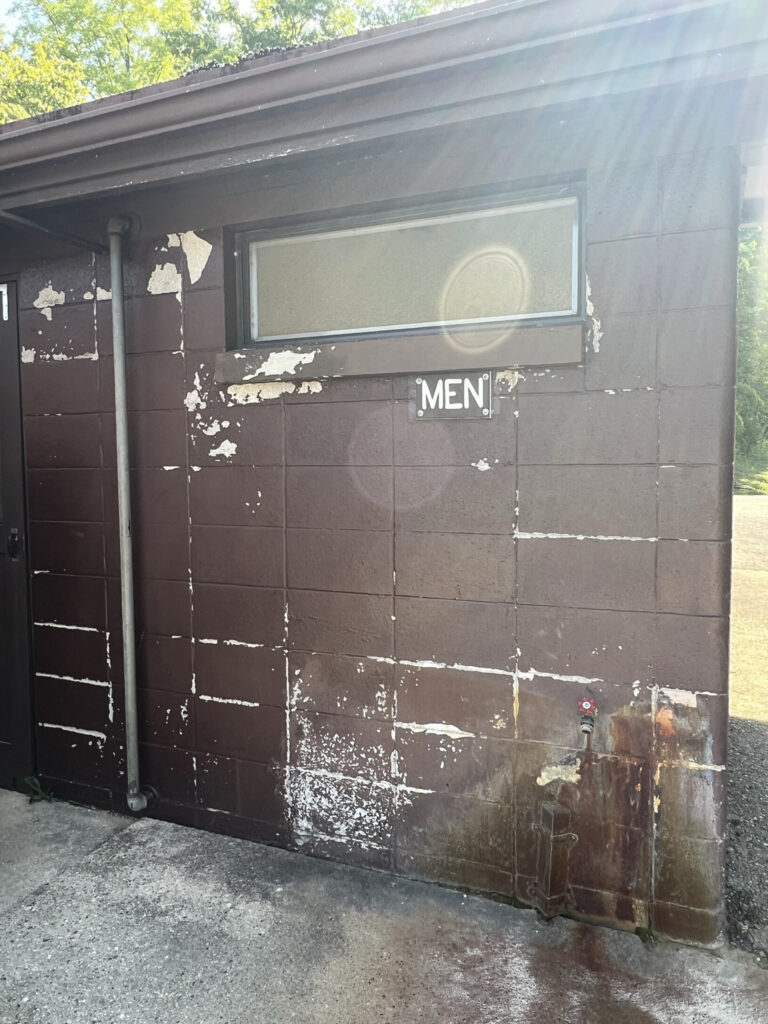
On a national basis, Wisconsin parks funding ranks near the bottom, spending $19.6M to operate its state parks, or $3.39 per state resident, which was less than any other state except Texas. Wisconsin spent an additional $3.6M on projects within parks, or 62 cents per person, the seventh lowest among the 45 states with data available.
Beautiful Parks Facing Bleak Future
Increased funding and support for Wisconsin’s state parks are necessary to ensure their continued viability. Part of the problem is the lack of visibility decision-makers have for state lands. Friends of Wisconsin State Parks (FWSP) is an umbrella group for 80-plus Friends Groups and might be the only organization that espouses advocacy for state lands (check out: newfwsp.blogspot.com). FWSP and Friends Groups have also played a critical role in fundraising and helping to pay for infrastructure projects. FWSP President Randy Paske tempers his hope for the future, saying, “One day, maybe in our lifetime, someone will look at Wisconsin’s state parks in the same way we look at Minnesota’s and Michigan’s parks.”
A large segment of the silent sports community use state lands for recreation. If these places are important to you, consider contacting your legislator and tell them how this affects your community, the economy, and recreation. State lands need general-purpose revenue (tax-payer support) to survive. The self-funded, user-fee model doesn’t work and will have a negative impact on the next generation of park users.
With a $1B backlog of necessary infrastructure improvements, an unsupportive legislature, and a self-funding model, the future is uncertain if not precarious. To a legislative majority waiting for the proverbial rainy day before taking action, know this: It’s been storming out for quite a long time.


